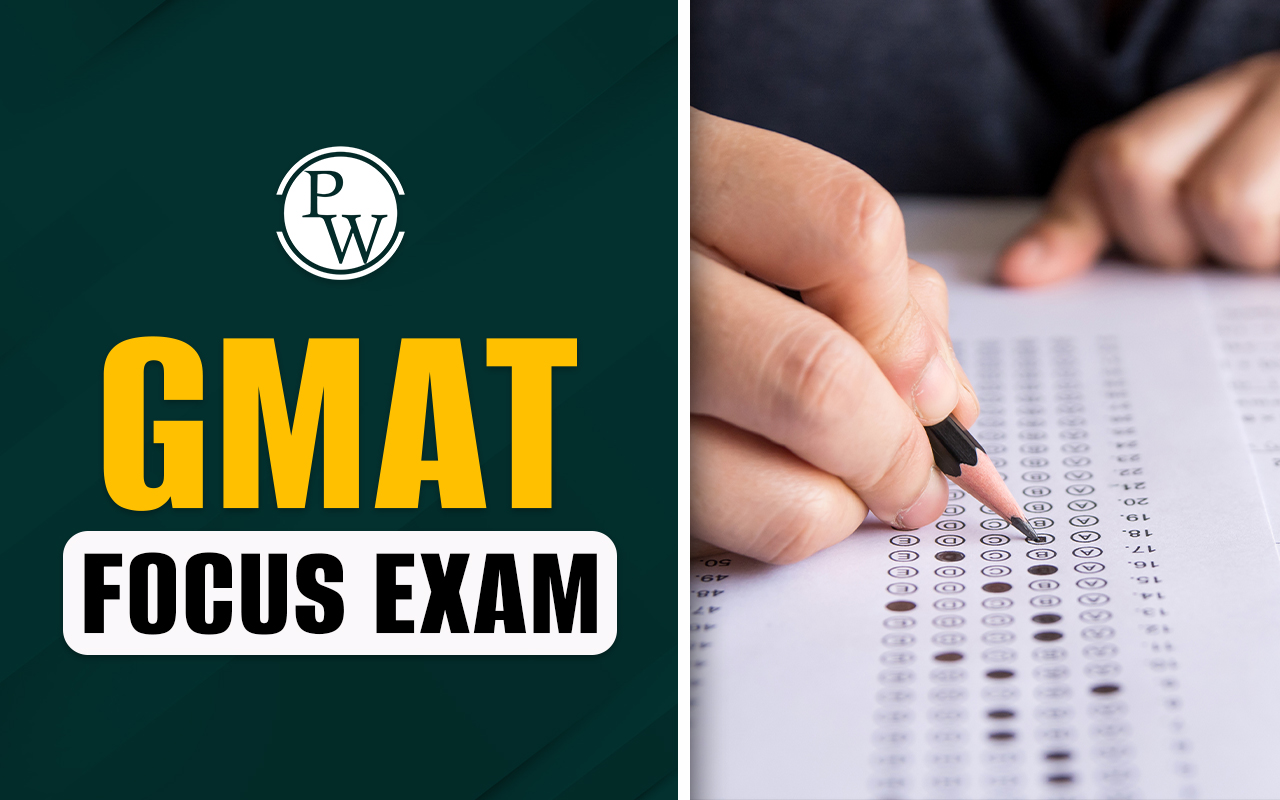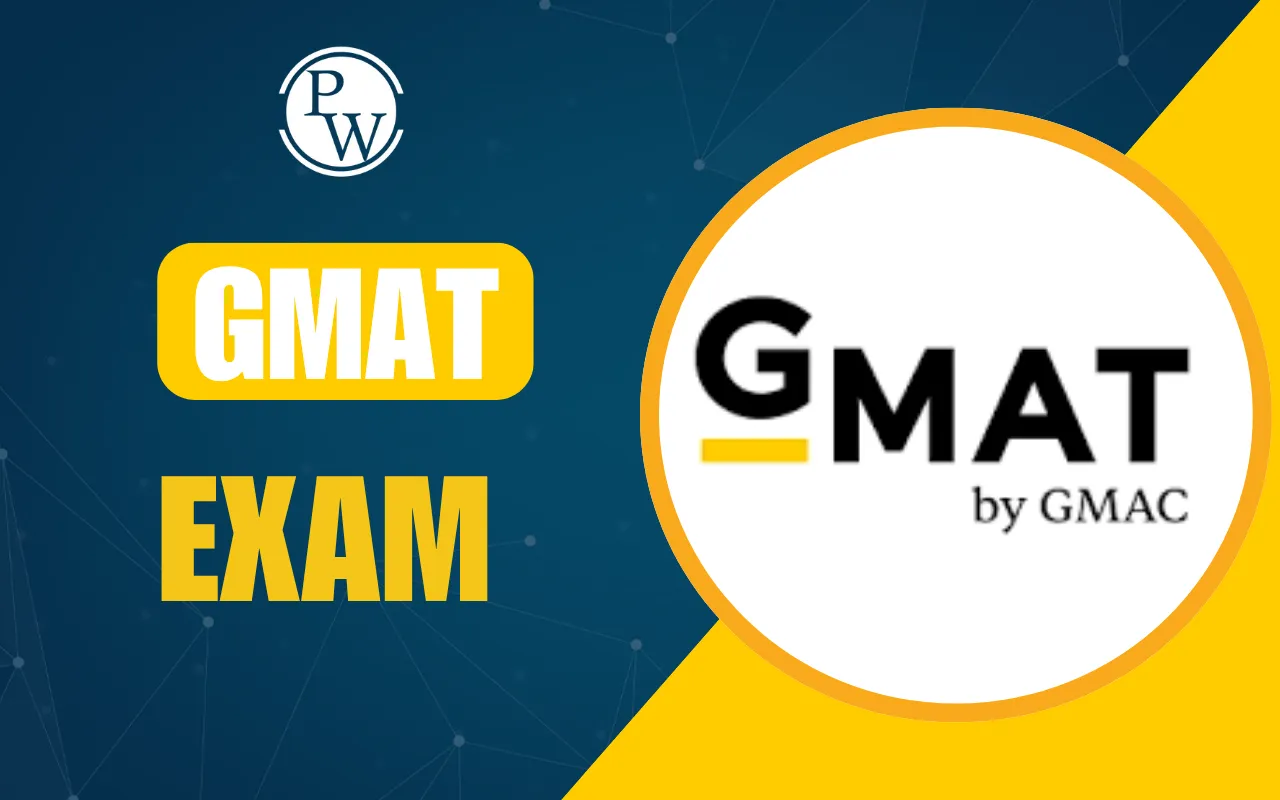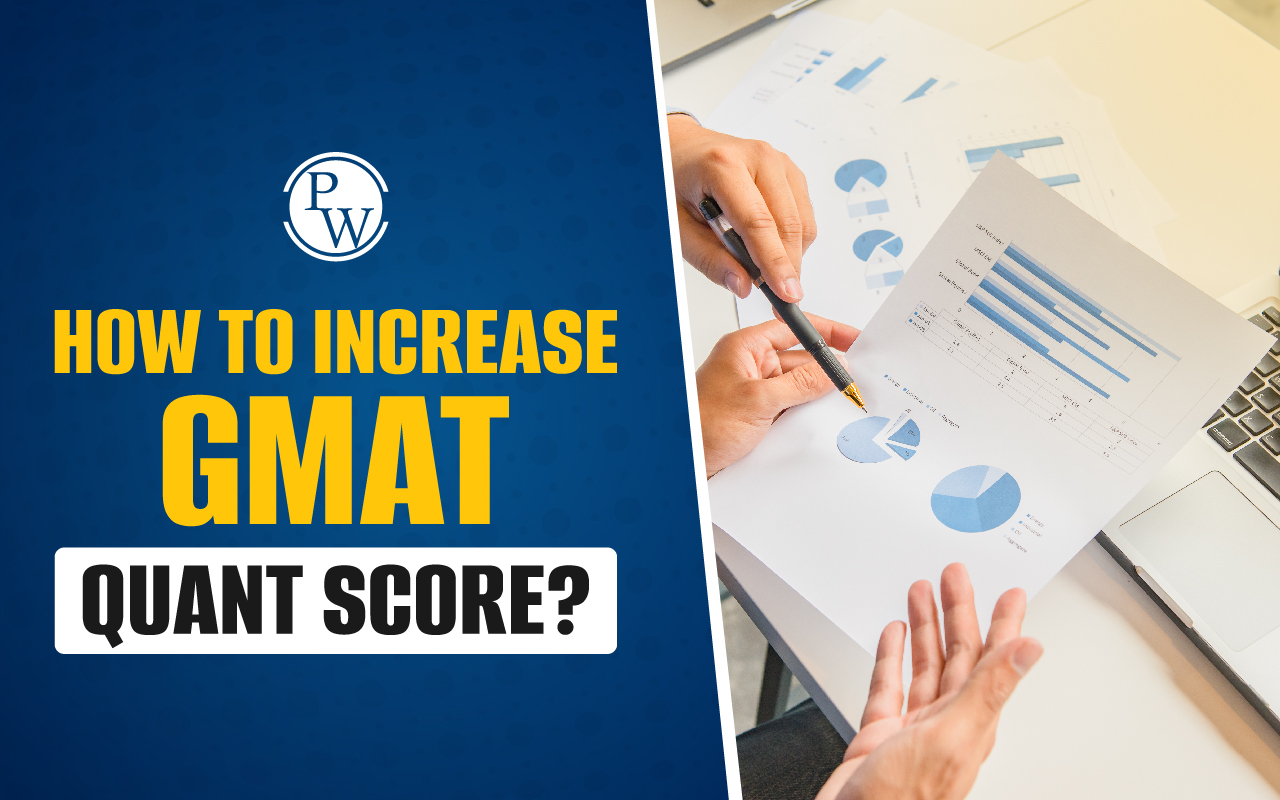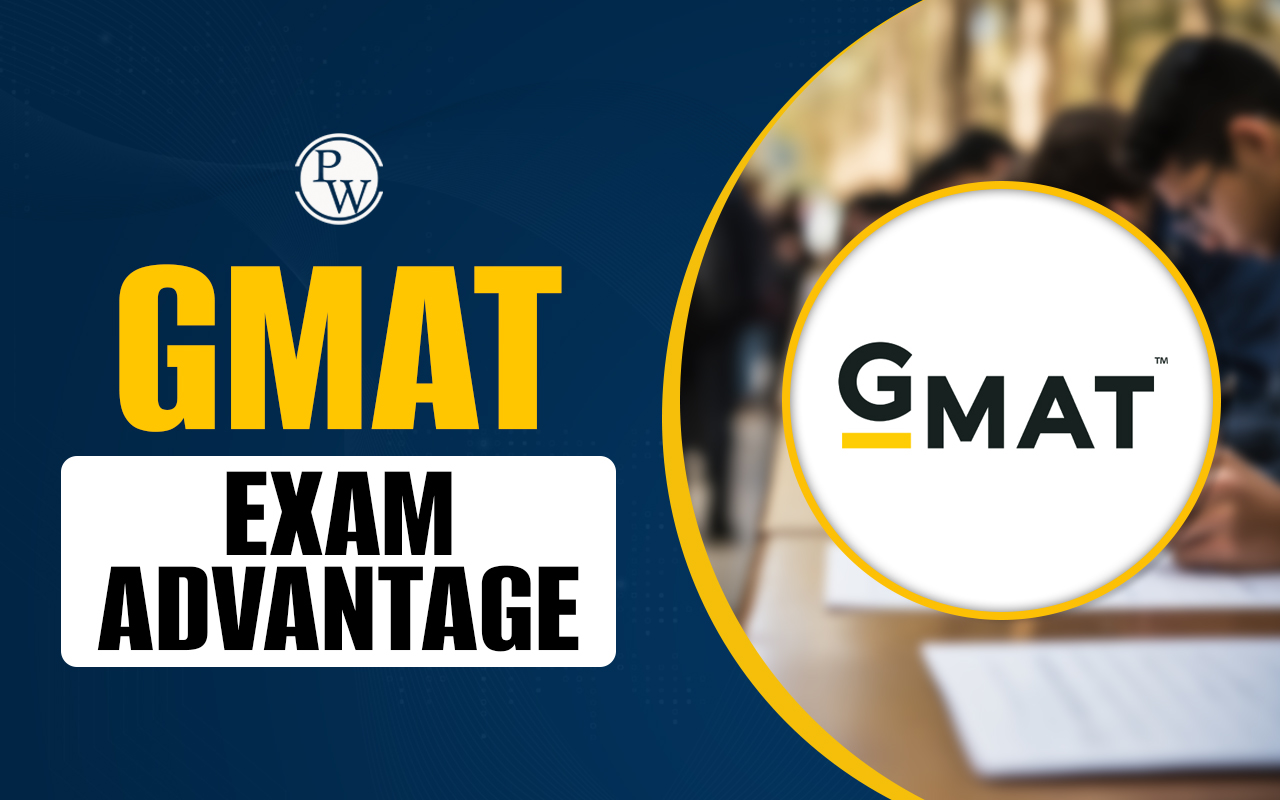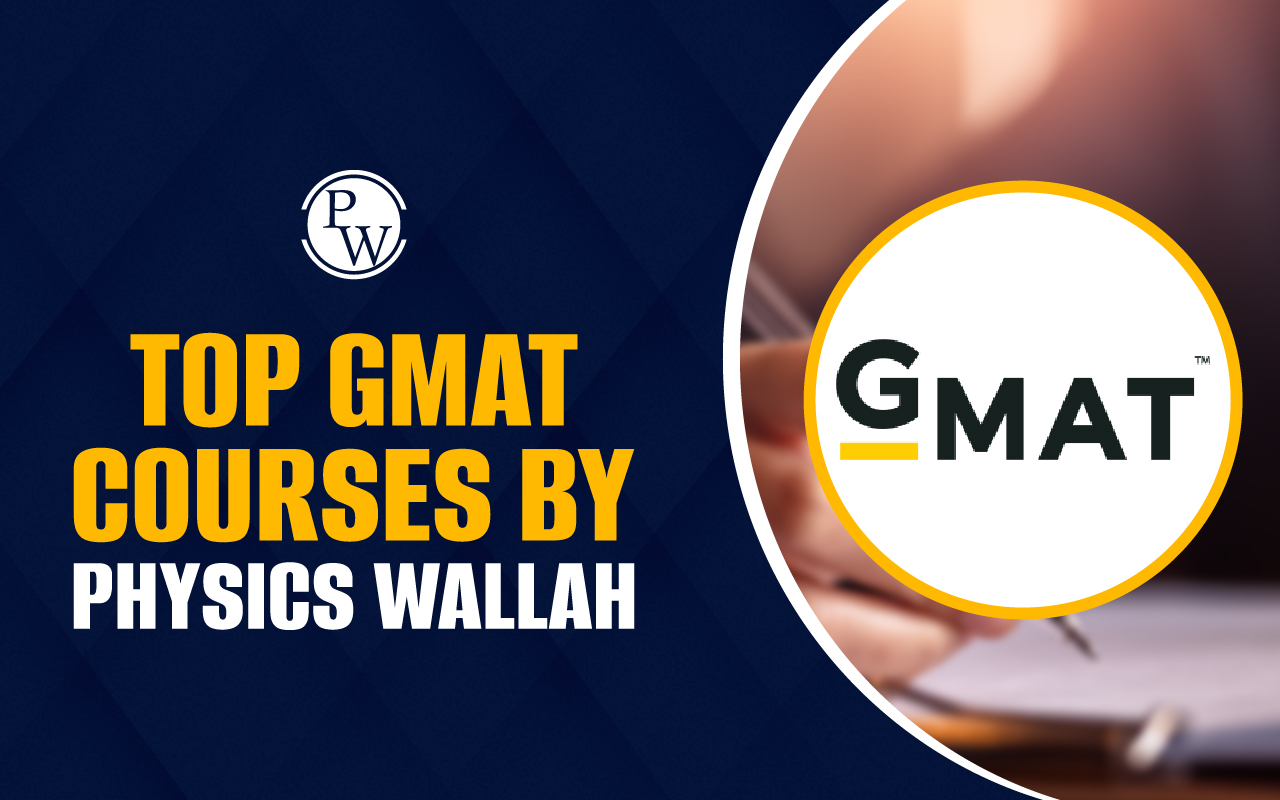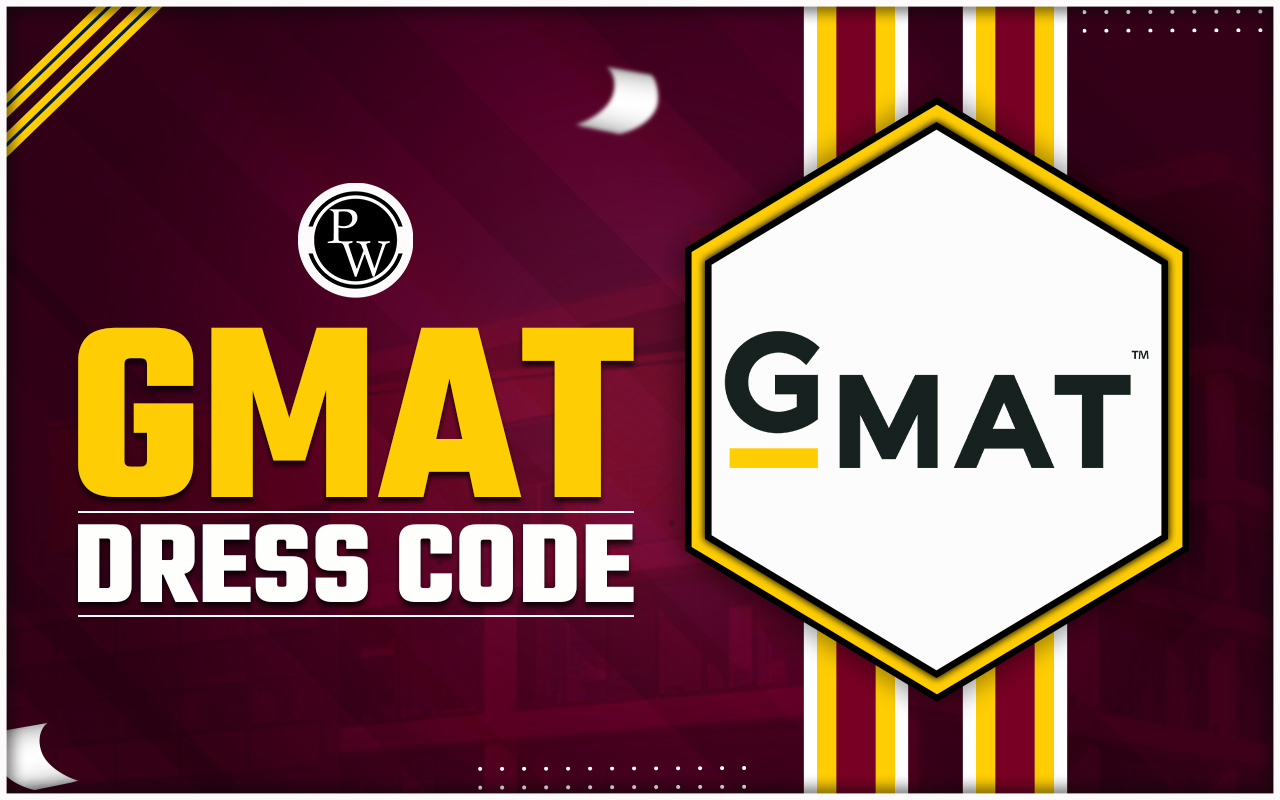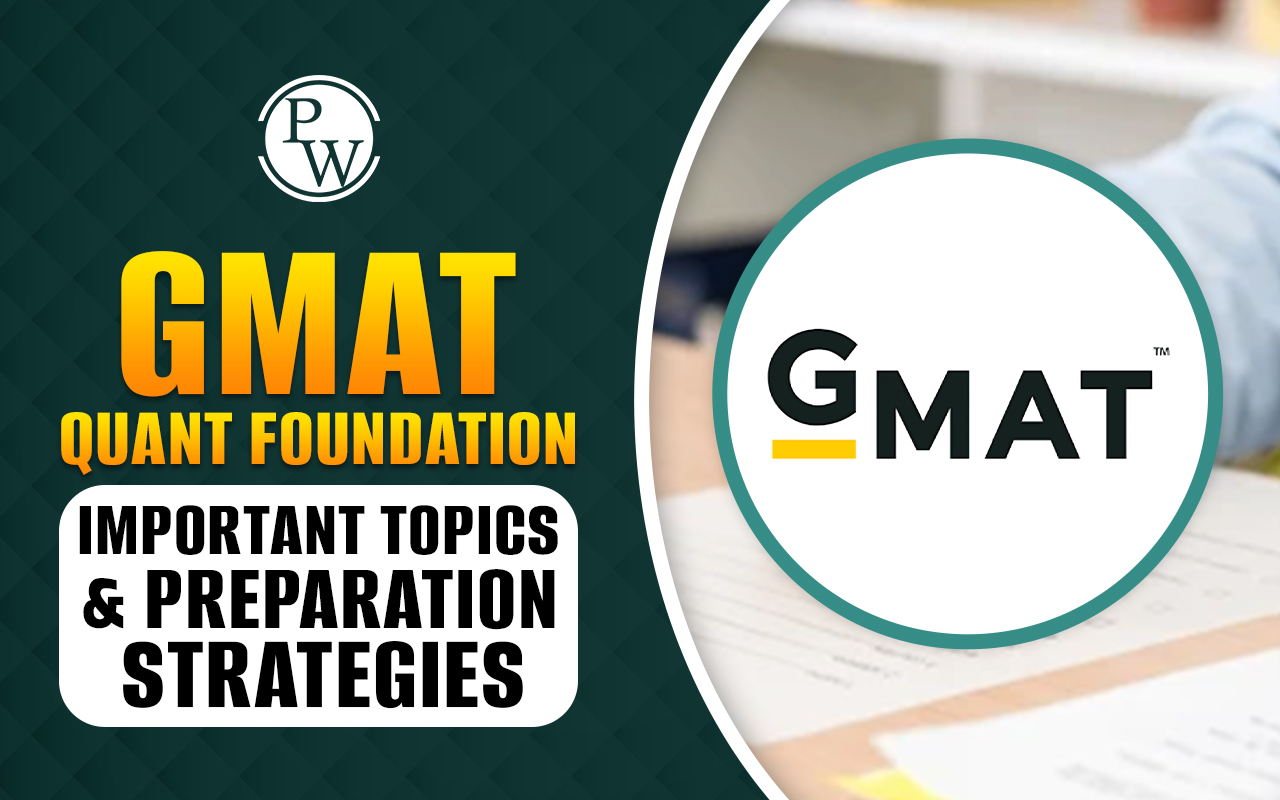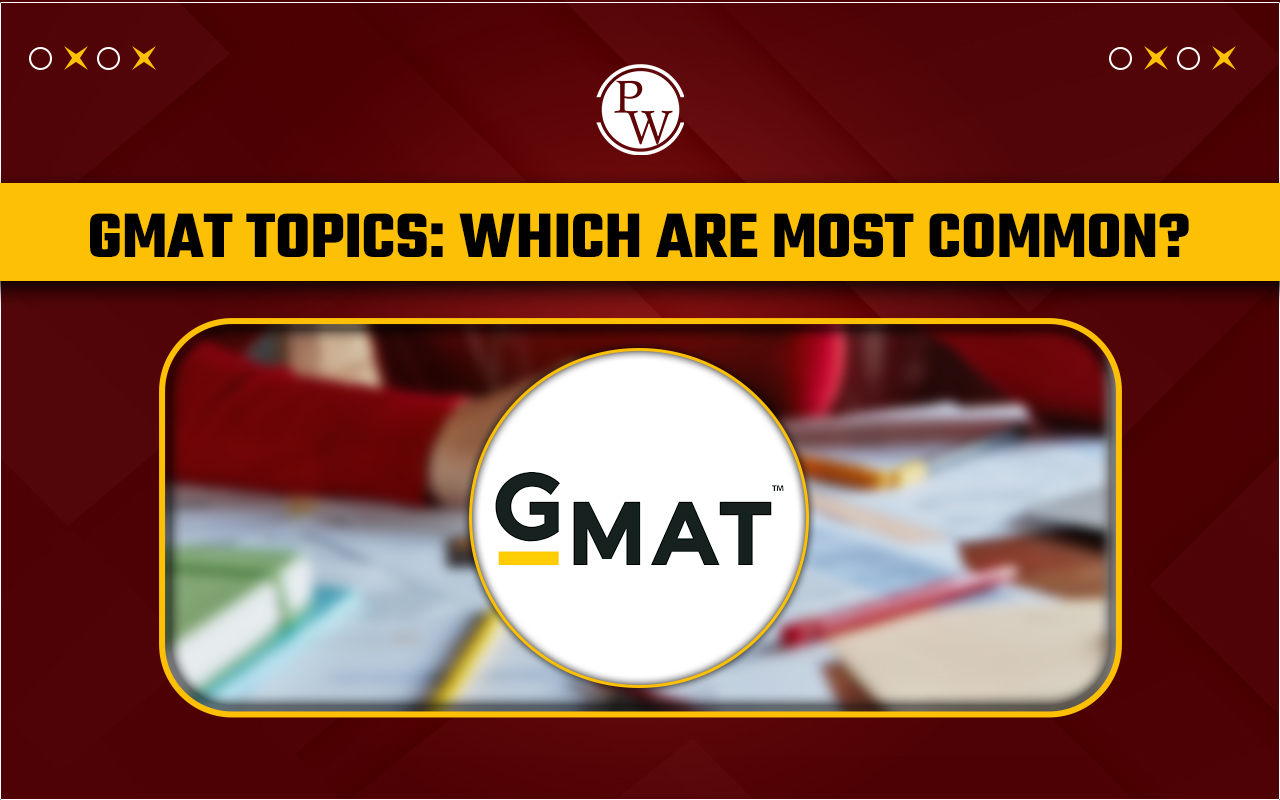
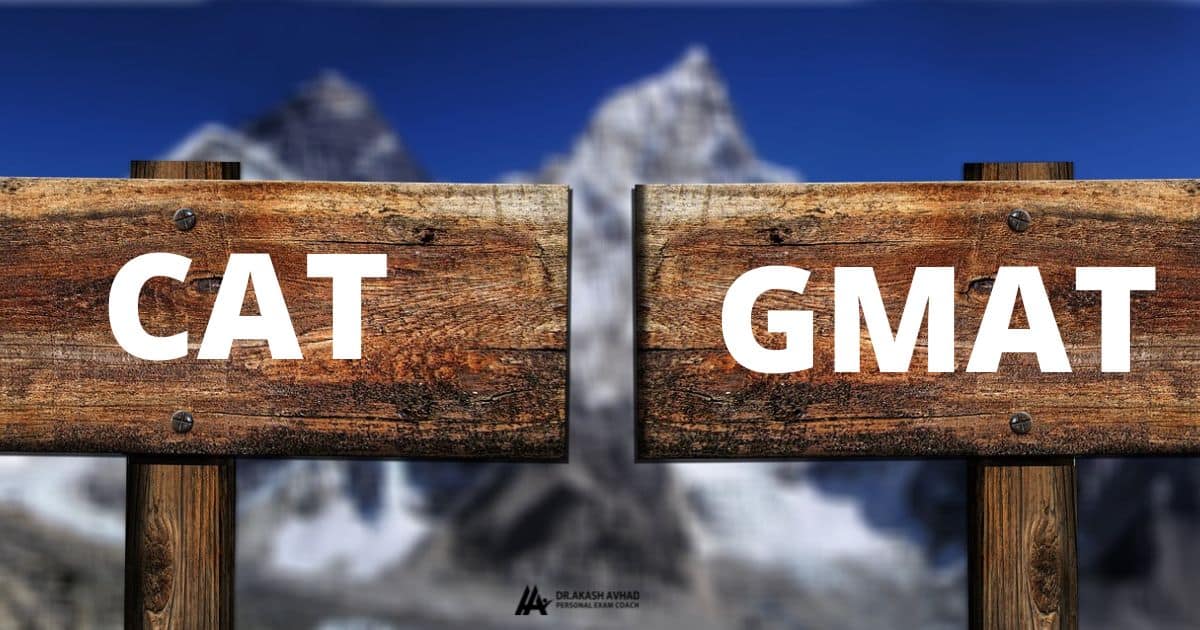
CAT (Common Admission Test) and GMAT (Graduate Management Admission Test) are the most important MBA entrance exams . Top B-schools, including the prestigious IIMs, accept both exams. While many other MBA entrance exams are similar to CAT, candidates usually prepare for them together with CAT. However, GMAT differs from CAT, so it requires separate preparation.
The main difference between CAT and GMAT is that CAT is a domestic entrance exam for MBA admissions in India, while GMAT is a global exam accepted by business schools worldwide. Indian B-schools usually accept GMAT scores for NRI (Non-Resident Indian) and foreign students. However, some top Indian institutes like SPJIMR, Mumbai, XLRI Jamshedpur, and MDI Gurgaon also accept GMAT scores for domestic candidates. Other leading MBA colleges, including the IIMs, also use GMAT scores for admissions to Executive MBA and FPM (Fellow Programme in Management) programs.CAT vs GMAT Highlights
Here are the key points of comparison between the CAT and GMAT exams. If you are deciding between CAT and GMAT for IIM admission, take note of the following information to make a well-informed choice.| Particulars | CAT | GMAT |
| Exam full form | Common Admission Test (CAT) | Graduate Management Admission Test (GMAT) |
| Exam conducted body | Indian Institute of Management, Bangalore | Graduate Management Admission Council |
| Basic Eligibility | Bachelor's degree with a minimum of 50% marks | Bachelor's degree (No minimum percentage) |
| Scorecard validity | In India (valid for one year only) | Global/ for 5 years |
| Frequency | Once a year | Any time of the year |
| Exam sections | Quantitative Aptitude, Verbal Ability, Reading Comprehension, Data Interpretation & Logical Reasoning | Quantitative Reasoning, Verbal Reasoning, Analytical Writing Assessment, and Integrated Reasoning (GMAT Syllabus) |
| Number of questions | 66 | 81 |
| Number of sections | 3 | 4 |
| Exam duration | 2 hours | 3 hours |
| Mode of exam | Online | Online |
| Marking scheme | +3 for a correct answer | - |
Difference Between CAT And GMAT Exam
GMAT and CAT are standardized tests used for MBA program admissions, but they differ significantly. GMAT is accepted by over 7000 MBA programs worldwide, while CAT is only for Indian business schools. GMAT scores are valid for 5 years, while CAT scores are valid for just 1 year. The exam fee for GMAT is around $275 (approximately Rs 22,500), while CAT registration costs Rs 2300. GMAT can be taken multiple times a year and at any time, depending on slot availability, but CAT is offered only once a year on a date set by the IIM conducting the exam.Also Read: Top MBA entrance exams in India
CAT vs GMAT Number of Attempts
GMAT and CAT exams have some important differences that candidates should be aware of. One significant distinction is the frequency of exam attempts. While CAT allows only one attempt per year, GMAT offers five opportunities throughout the year, providing more flexibility in choosing a suitable exam date. Moreover, the exams focus on different skills. CAT emphasizes data interpretation and quantitative analysis, while GMAT emphasizes analytical skills and verbal reasoning. Companies hiring MBAs look for candidates with strong communication, critical thinking, and leadership skills, making GMAT's focus more aligned with their requirements. Another crucial factor is the validity of the exam scores. CAT scores are valid for just one year, though a few institutions may consider scores from the previous year. In contrast, GMAT scores remain valid for five years, giving applicants greater flexibility and an extended window to use their scores for admissions.CAT vs GMAT Exam Pattern
When comparing GMAT and CAT exams, we can see differences in exam patterns, specifically in exam duration and the number of sections. Let's look at the GMAT vs CAT Exam Pattern to help candidates make informed decisions when attempting these exams.| Key Components | CAT | GMAT |
| Section-wise rule | Data Interpretation, VARC, and Quantitative Aptitude | Analytical writing, quantitative ability, verbal ability, and integrated reasoning |
| Exam Duration | 2 hours (40 minutes for each section) | 3 hours 30 minutes Analytical Writing = 30 minutes Integrated Reasoning = 30 minutes Quantitative = 62 minutes VR = 65 minutes |
| Number of sections & questions | 3 sections and Expected questions on each section: VARC (24 questions) QA (20 questions) Data Interpretation and Logical Reasoning (22 questions) Quantitative (31 questions) | 4 sections and Expected questions on each section: Analytical Writing (1 question) Integrated Reasoning (12 questions) Verbal Section (36 questions) |
| Important points to be noted | The candidates can attempt this exam once every year. They cannot adjust the test level as per their ability level. | The candidates can reappear after 16 days. They have 5 chances or 5 reattempts every year. They adjust this test as per their ability level from moderate to difficult. It automatically goes high with every correct choice of answer. |
CAT vs GMAT Difficulty Level
Preparing for the GMAT is generally considered easier than the CAT because the GMAT has a clear syllabus and specific question types. With focused preparation of about 90 to 120 hours, scoring 700+ on the GMAT is possible. However, the CAT syllabus is not as well-defined, and thus, it requires more preparation time compared to the GMAT.Also Read: MAT 2023 Exam Registration (September Session): IBT, PBT and CBT Mode
For Indian test takers who are non-native English speakers, the verbal section of the GMAT can be more challenging than the CAT. On the other hand, the CAT's Quantitative section is relatively more difficult than the GMAT.CAT vs GMAT Fees And Salary
If you plan to appear for both GMAT and CAT exams, it's essential to know the exam fees, course fees, and the average salary prospects after completing your MBA. The table below provides the fees and salary structure information, highlighting the key differences between CAT and GMAT.| Components | CAT | GMAT |
| Registration fees | ₹2300/- For General and OBC ₹1150/- For SC/ST/PwD | $275 (approx ₹20500/-) |
| CAT vs GMAT Course Fees | ₹1200000/- | 2000000-6500000/- |
| Average salary | ₹22-25 LPA | ₹65 LPA |
CAT vs GMAT FAQs
Q1. Is GMAT easier than CAT? Ans . While GMAT can be considered relatively easier than the CAT exam, both tests share a similar syllabus for management entrance. Q2. Is GMAT accepted in IIM? Ans. IIMs accept GMAT scores for their One Year MBA Program, known as PGPEx. Q3. Is CAT and GMAT syllabus the same? Ans. Yes, preparing for CAT will significantly help in preparing for the GMAT exam. Q4. CAT or GMAT, which is better? Ans. CAT is generally considered to be the tougher exam compared to GMAT. Q5. Is CAT preparation enough for GMAT? Ans. Preparing for CAT and GMAT can go hand in hand since both exams have similar syllabus.🔥 Trending Blogs
Talk to a counsellorHave doubts? Our support team will be happy to assist you!

Check out these Related Articles
Free Learning Resources
PW Books
Notes (Class 10-12)
PW Study Materials
Notes (Class 6-9)
Ncert Solutions
Govt Exams
Class 6th to 12th Online Courses
Govt Job Exams Courses
UPSC Coaching
Defence Exam Coaching
Gate Exam Coaching
Other Exams
Know about Physics Wallah
Physics Wallah is an Indian edtech platform that provides accessible & comprehensive learning experiences to students from Class 6th to postgraduate level. We also provide extensive NCERT solutions, sample paper, NEET, JEE Mains, BITSAT previous year papers & more such resources to students. Physics Wallah also caters to over 3.5 million registered students and over 78 lakh+ Youtube subscribers with 4.8 rating on its app.
We Stand Out because
We provide students with intensive courses with India’s qualified & experienced faculties & mentors. PW strives to make the learning experience comprehensive and accessible for students of all sections of society. We believe in empowering every single student who couldn't dream of a good career in engineering and medical field earlier.
Our Key Focus Areas
Physics Wallah's main focus is to make the learning experience as economical as possible for all students. With our affordable courses like Lakshya, Udaan and Arjuna and many others, we have been able to provide a platform for lakhs of aspirants. From providing Chemistry, Maths, Physics formula to giving e-books of eminent authors like RD Sharma, RS Aggarwal and Lakhmir Singh, PW focuses on every single student's need for preparation.
What Makes Us Different
Physics Wallah strives to develop a comprehensive pedagogical structure for students, where they get a state-of-the-art learning experience with study material and resources. Apart from catering students preparing for JEE Mains and NEET, PW also provides study material for each state board like Uttar Pradesh, Bihar, and others
Copyright © 2025 Physicswallah Limited All rights reserved.
